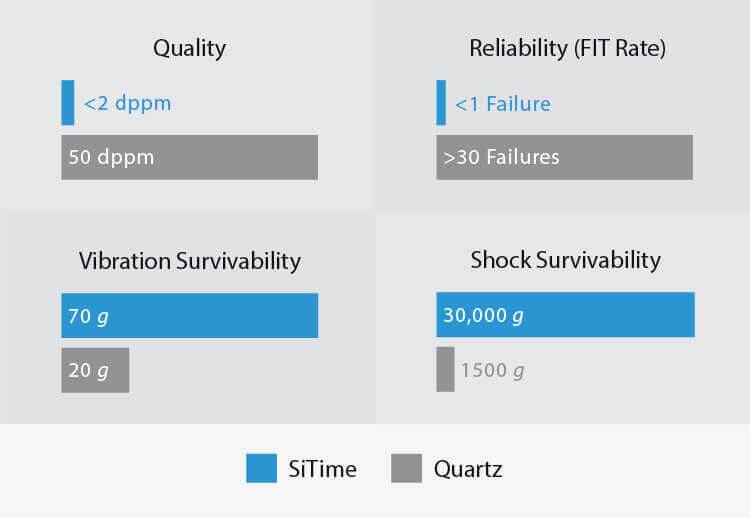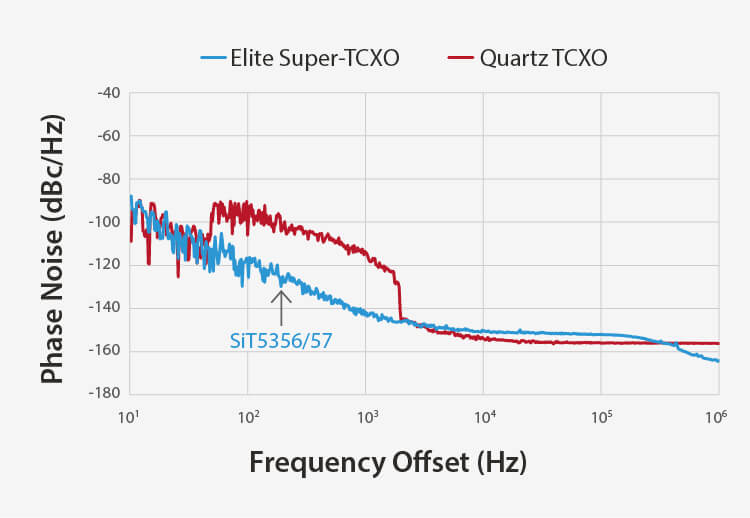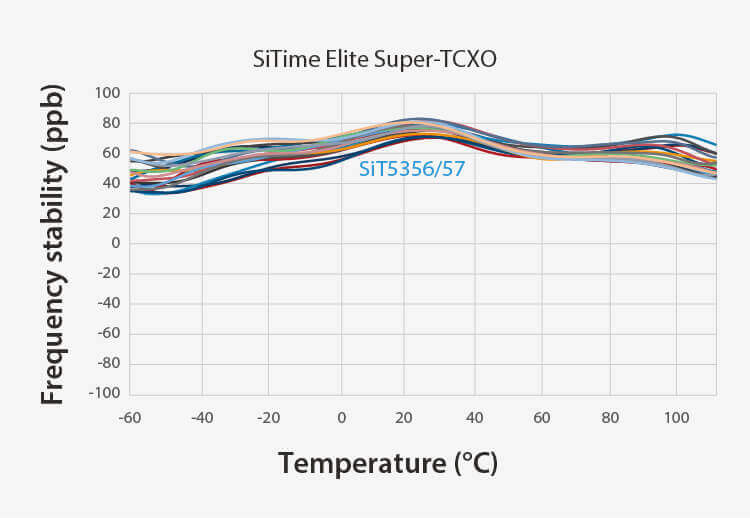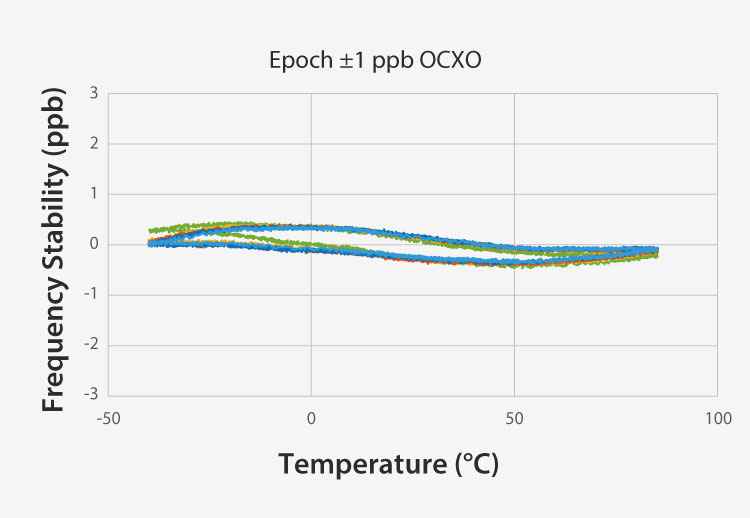The Role of Accurate Timing in Seismic Exploration
An essential function of a seismic sensor is the time stamping of data. This time stamping is essential as data is collected from an array of sensors and needs correct correlation in time to be usable for later analysis. With the growth in non-wireline sensor arrays, precise local time keeping is essential. Local time keeping is needed because the sensors that rely on GNSS for timing may not be able to update timing data if there is interference or an obstruction to the GNSS source. Other sensor types may not be able to receive any external timing signal due to environmental conditions (buried, under water, etc.).
A Range of Solutions
SiTime offers a range of timing solutions that match the requirements of the applications, from TXCOs targeting commercial applications to the more robust Endura™ ruggedized product line targeting high-reliability applications.
SiTime Super-TCXOs are precision timing solutions with exceptional dynamic performance and rich features.
The Epoch Platform MEMS oven-controlled oscillator (OCXO family is designed to solve the long-standing problems of quartz OCXOs which are inherently unreliable and prone to performance degradation in the presence of environmental stressors. Epoch Platform OCXOs are resilient to thermal shock, airflow, and vibration, making them ideal for the rugged environment of seismic applications.






